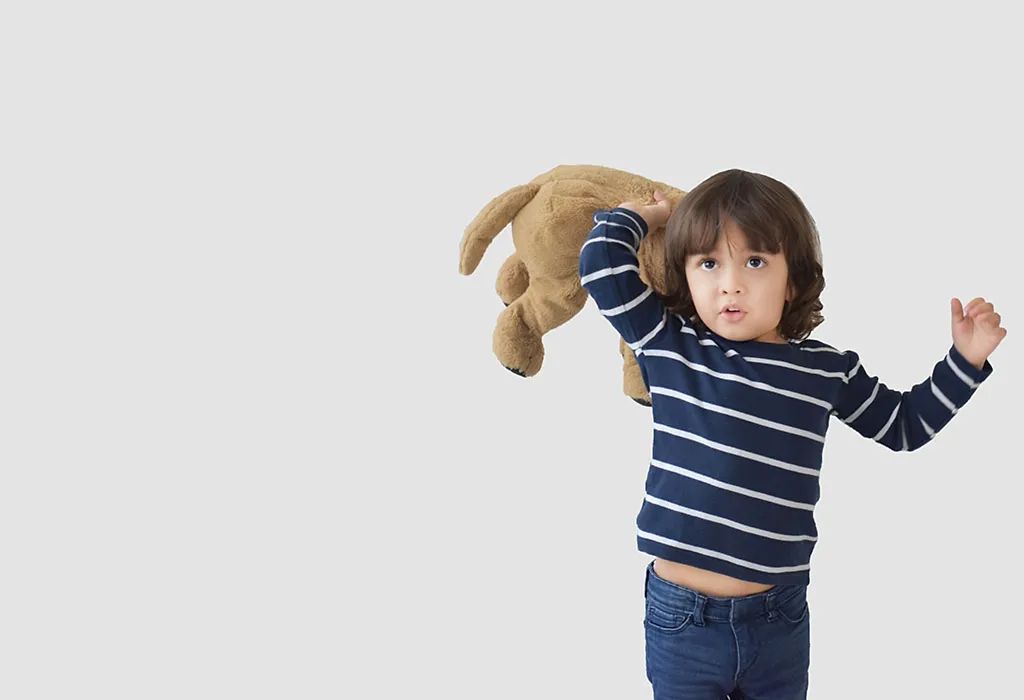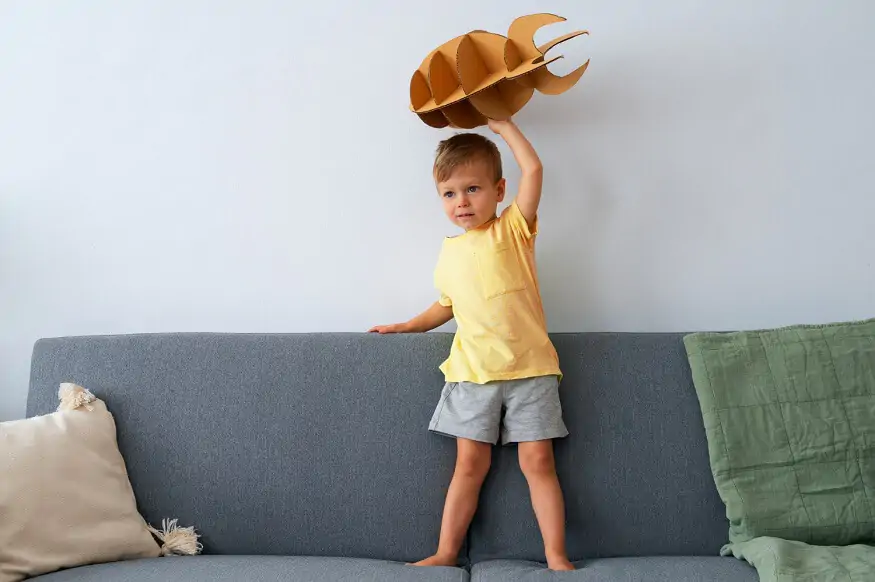I. Introduction
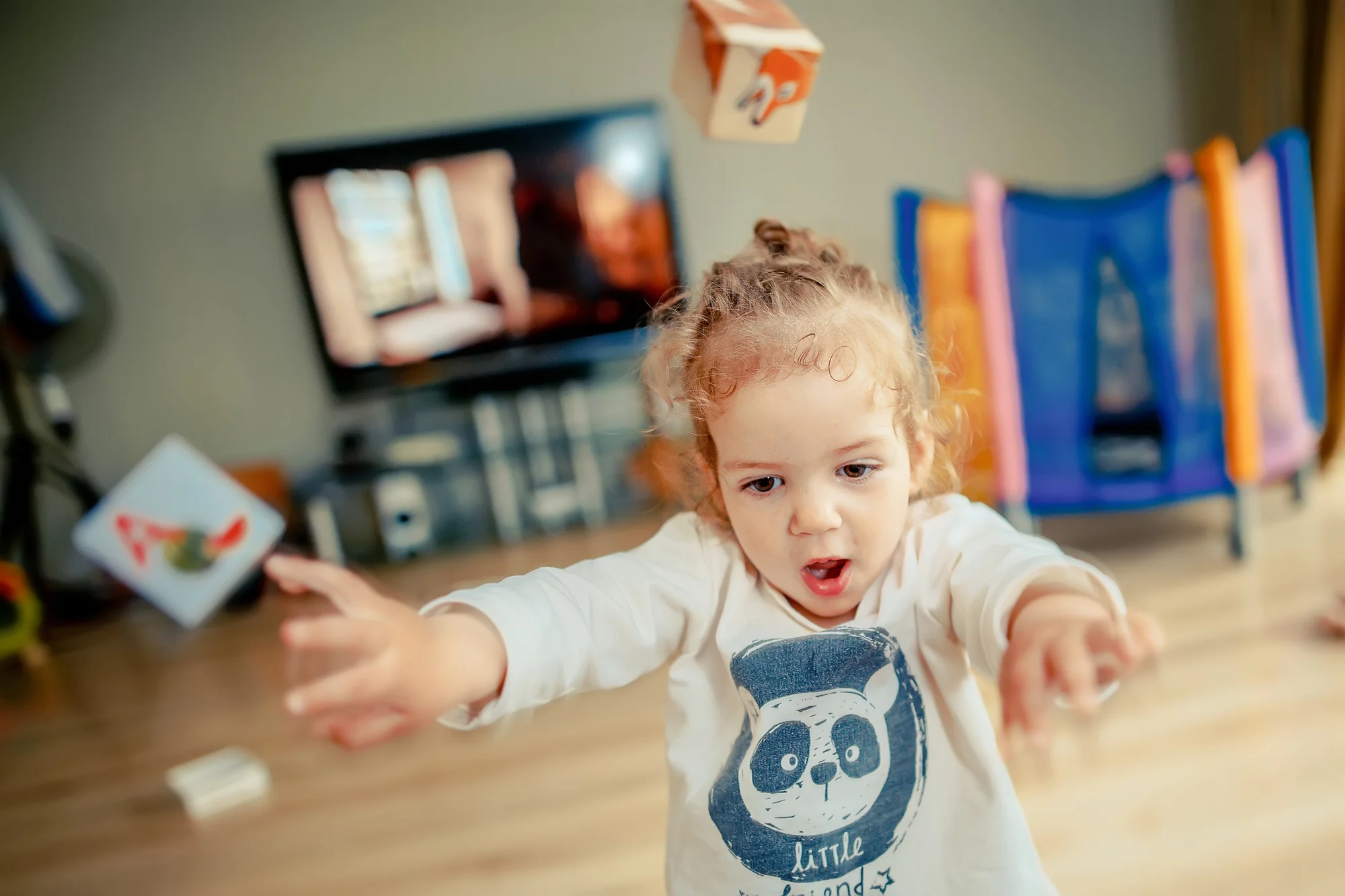
A. Introduction to toddler’s throwing behavior
Toddlers are curious beings who are constantly exploring the world around them. One common behavior that many toddlers engage in is throwing objects. Whether it’s toys, food, or any other item they can get their hands on, toddlers seem to have an innate desire to throw. While this behavior can be seen as playful or harmless, it is important for parents to understand the reasons behind it and how to manage and guide their child’s throwing behavior.
B. Importance of understanding this behavior for parents
Understanding why toddlers engage in throwing behavior is crucial for parents. It allows them to address any potential safety concerns, help their child develop appropriate communication skills, and create a positive and controlled environment for their child’s growth and development. By managing and guiding their toddler’s throwing behavior, parents can teach them how to express emotions, communicate effectively, and engage in constructive play.
II. Reasons for Toddler’s Throwing Behavior
A. Developmental exploration and curiosity
One of the main reasons toddlers engage in throwing behavior is their innate sense of curiosity and exploration. Throwing objects allows them to understand the properties of different objects and how they interact with their environment. They are fascinated by cause and effect, learning that when they throw an object, it falls or makes a sound. This behavior is an essential part of their cognitive and physical development.
B. Communication and attention-seeking
Throwing objects can also be a way for toddlers to communicate their needs and desires. For example, they may throw a toy to get their parent’s attention or to express that they want to play together. It serves as a means of seeking interaction and engagement from their caregivers.
C. Emotional expression and experimentation
Toddlers may also engage in throwing behavior as a way to express their emotions or experiment with their physical capabilities. When they feel frustrated or angry, throwing objects can be a way to release their emotions. Additionally, they may simply enjoy the sensation of throwing and want to experiment with their physical strength and abilities.
III. Understanding the Impact of Toddler’s Throwing Behavior
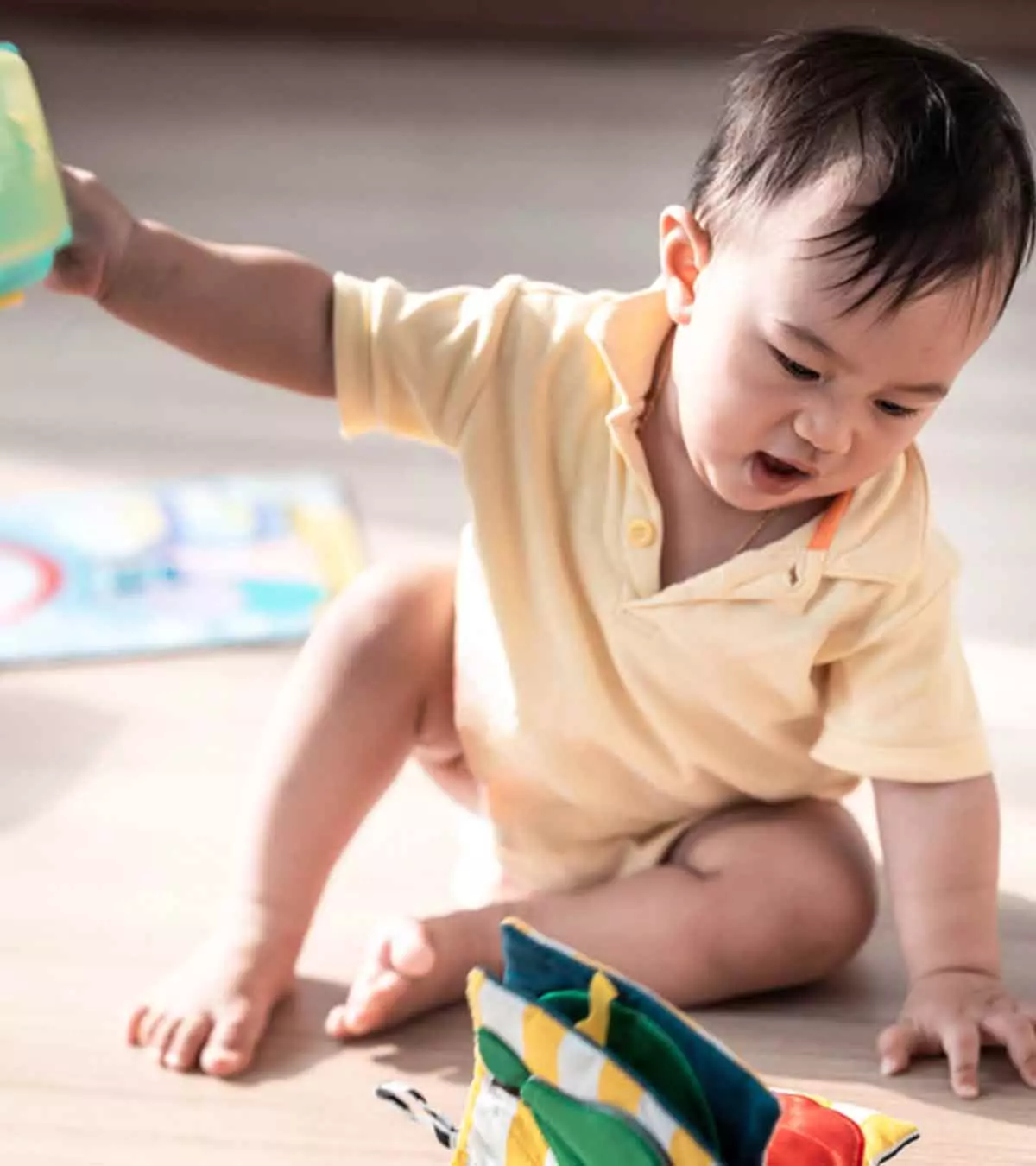
A. Safety concerns
One of the primary concerns with toddler’s throwing behavior is the potential harm it can cause to themselves or others. Objects thrown by toddlers can accidentally hit someone, resulting in injuries. In addition, some objects may be dangerous if thrown, such as sharp or heavy items. It is crucial for parents to create a safe environment and establish boundaries to minimize the risk of harm.
B. Social implications
Toddlers’ throwing behavior can also have social implications. Public places or social settings may not be appropriate environments for throwing objects, especially if it can disrupt others or damage property. It is important for parents to teach their toddlers appropriate behavior in different social contexts and help them understand the impact of their actions on others.
Interactions with peers and adults can also be affected by throwing behavior. Other children may not appreciate being targeted with thrown objects, and adults may see it as disruptive or inappropriate. Managing and guiding throwing behavior can help toddlers develop positive social skills and understand the importance of respecting others’ boundaries.
IV. Strategies to Manage and Guide Toddler’s Throwing Behavior
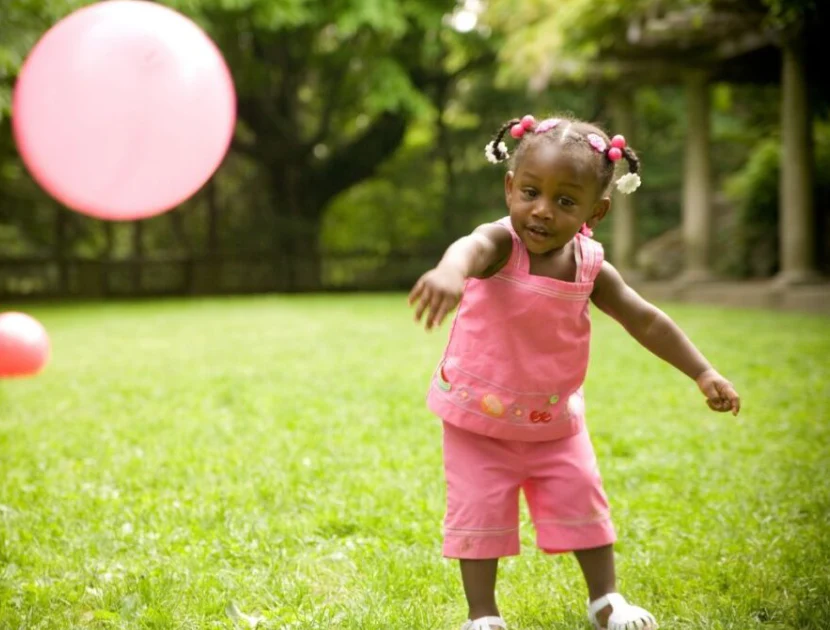
A. Provide appropriate alternatives
One effective way to manage a toddler’s throwing behavior is by providing them with appropriate alternatives. Instead of throwing valuable or fragile objects, offer soft or non-breakable items that they can safely throw. Soft balls, plush toys, or foam blocks are great options that allow toddlers to explore their throwing instincts without causing harm or damage.
Additionally, creating safe spaces for outdoor play can provide toddlers with a designated area where they can freely throw objects without fear of causing harm. This can include a backyard or a playroom with padded flooring, ensuring a safe environment for their physical exploration.
B. Set clear boundaries and rules
It is important to establish clear boundaries and rules regarding throwing behavior. Teach and reinforce the “no-throw” rule consistently and explain why certain objects should not be thrown. Use age-appropriate language to explain the potential consequences of throwing objects, such as hurting someone or damaging property.
Consistent and positive discipline techniques are key in managing throwing behavior. Instead of harsh punishments, opt for redirecting their behavior towards more appropriate alternatives. For example, if your child throws a toy, calmly explain that throwing toys is not allowed and redirect their attention towards a different activity they can engage in.
C. Engage in constructive play and activities

Toddlers have an abundance of energy, and channeling that energy into sports or physical activities can help manage their throwing behavior. Encourage your child’s participation in sports such as basketball, soccer, or baseball where throwing objects is part of the game. This not only provides an outlet for their energy but also teaches them the appropriate times and places to engage in throwing.
In addition to sports, engaging in play and structured activities can also help redirect their throwing behavior. Encourage activities that involve building, stacking, and sorting objects, as this will allow them to explore object properties without the need to throw them. Providing a variety of sensory activities, such as sand or water play, can also help satisfy their exploration needs in a controlled environment.
D. Encourage communication and emotional expression
Another important aspect of managing throwing behavior is to encourage toddlers to express their emotions and communicate their needs effectively. Sometimes, throwing objects may be a result of frustration or anger. Teach your child about different emotions and provide them with alternative ways of expressing their feelings, such as using words or gestures. Encourage them to verbalize their emotions and provide a safe space for them to express themselves.
Additionally, teaching coping skills can also help manage throwing behavior. Engage in calming activities with your child, such as deep breathing or gentle movements, to help them regulate their emotions. This can assist in reducing the need for physical release of emotions through throwing.
In conclusion, managing and guiding a toddler’s throwing behavior involves providing appropriate alternatives, setting clear boundaries and rules, engaging in constructive play and activities, and encouraging communication and emotional expression. By implementing these strategies, parents can help toddlers understand and express their emotions in a healthier manner, while redirecting their throwing behavior towards more appropriate activities.
